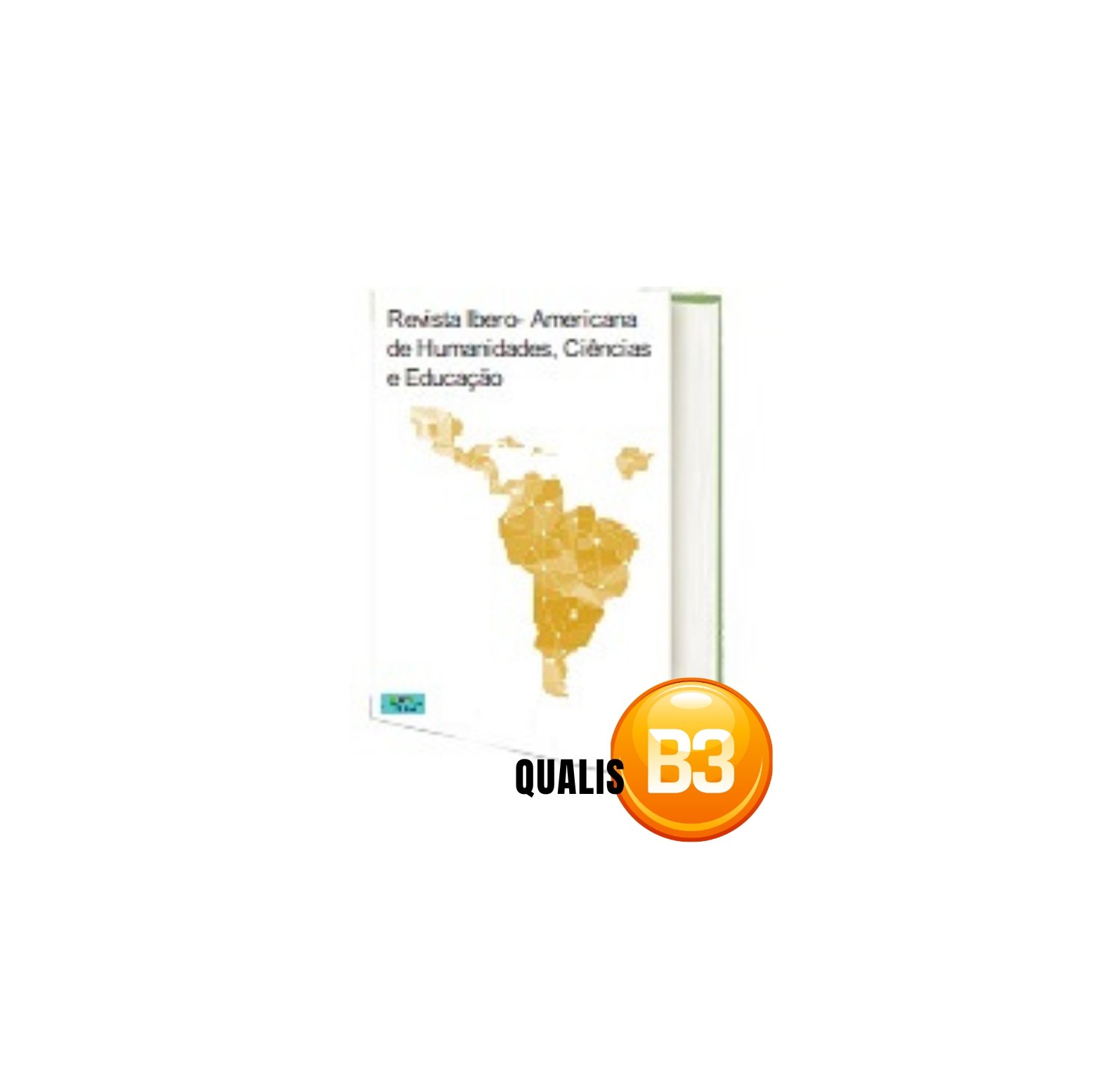MEDIATION AND CONCILIATION IN THE LABOR COURT: YES, TO AGREEMENT AND NO TO LABOR RIGHTS
DOI:
https://doi.org/10.51891/rease.v9i2.8605Keywords:
Mediation. Conciliation. Labor Justice. Flexibility. Labor law.Abstract
The purpose of this work is to analyze mediation and conciliation as alternative and self-composite methods of resolving conflicts in general, and in more depth in labor law. Starting with an overview of conflict resolution and access to justice in Brazil. Finally, it questions the legal regime of mediation and conciliation in the scope of labor justice in relation to the flexibility of workers' rights and their implications, analyzing their disadvantages for workers. For this study, the deductive method was used, with note-taking and reading of bibliographical sources. The research used bibliographical sources. The topic is current and of important relevance, given the recent labor reform (Lei №13.467 of 2017) and the resolution of the Higher Council of Labor Justice (CSJT) that regulates the conciliation policies in Labor Justice (Resolution 174/2016 of CSJT).
Downloads
Downloads
Published
How to Cite
Issue
Section
Categories
License
Atribuição CC BY

